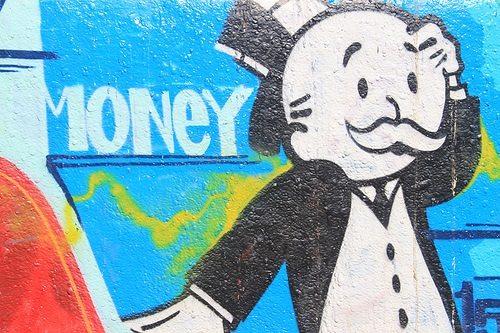
November 17, 2014; New York Times
Analysis conducted by Steven Rattner of the New York Times shows several troubling economic indicators, even as the American economy has shown continued improvement in 2014. While income inequality has taken its rightful place amongst serious issues in the United States, Rattner outlines additional areas of concern that heighten the growing inequality gap: “Income inequality in the United States is no worse than in most developed countries…however, once the effect of government programs is included in the calculations, the United States emerges on top of the inequality heap.”
Sign up for our free newsletters
Subscribe to NPQ's newsletters to have our top stories delivered directly to your inbox.
By signing up, you agree to our privacy policy and terms of use, and to receive messages from NPQ and our partners.
Those calculations look at a number of data points, ranging from tax revenues and tax rates to the vacation days of government employees and the country’s “Gini Coefficient,” a measure that combines taxes and government benefits such as social security, insurance, food and housing. Rattner compares the United States against other countries, with the data showing the following:
- The Gini Coefficient, also known as the Gini Ratio, looks at the “income distribution of a nation’s residents, and is the most commonly used measure of inequality.” The ratio often does not look at income once taxes and transfers are calculated. Before this data is added, the United States ranks near the bottom amongst the major industrialized countries. Once taxes and transfers are added into the equation, America obtains the highest Gini Ratio, giving us the highest income inequality amongst our country colleagues.
- While there is steady debate and disagreement amongst the political parties on the American tax rate, according to the Organization for Economic Cooperation and Development (OECD), the 2014 U.S. total tax revenues as a percentage of GDP are smaller than any other member country, with a 23 percent difference from Denmark, which has OECD’s highest listed tax rate.
- In a analysis comparable to the above OECD analysis, looking at the tax rate of those making over $100,000 showed that in 2012, Americans in that salary category were taxed at 26 percent, which is higher than four countries, including China, but below eleven countries, with Belgium leading the category with 47 percent.
- The final analysis of the article was viewed through the lens of vacation time. While inequality is increasing, Americans are spending more time away from home and in their jobs. Looking at government-mandated paid annual leave and paid public holidays, the places to be might be Austria or Portugal, who have 35 mandated days off, compared with the lowest country, the United States, with zero.
Rattner concludes the article with some additional areas for concern, including the observation that the U.S. spends “less on early childhood education and care” and that the United States is “the only developed country without a national paid parental leave policy.” As these trends either remain or widen, the question for nonprofits is how to create workforce strategies in light of these trends and create potential innovations that the rest of the country can look to as a model.—John Brothers











